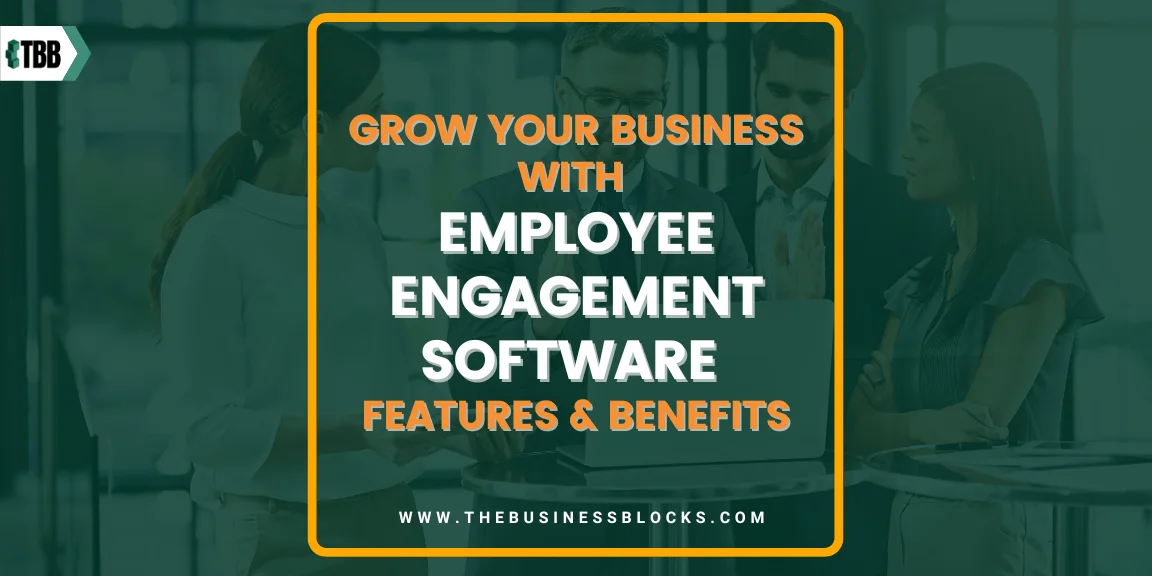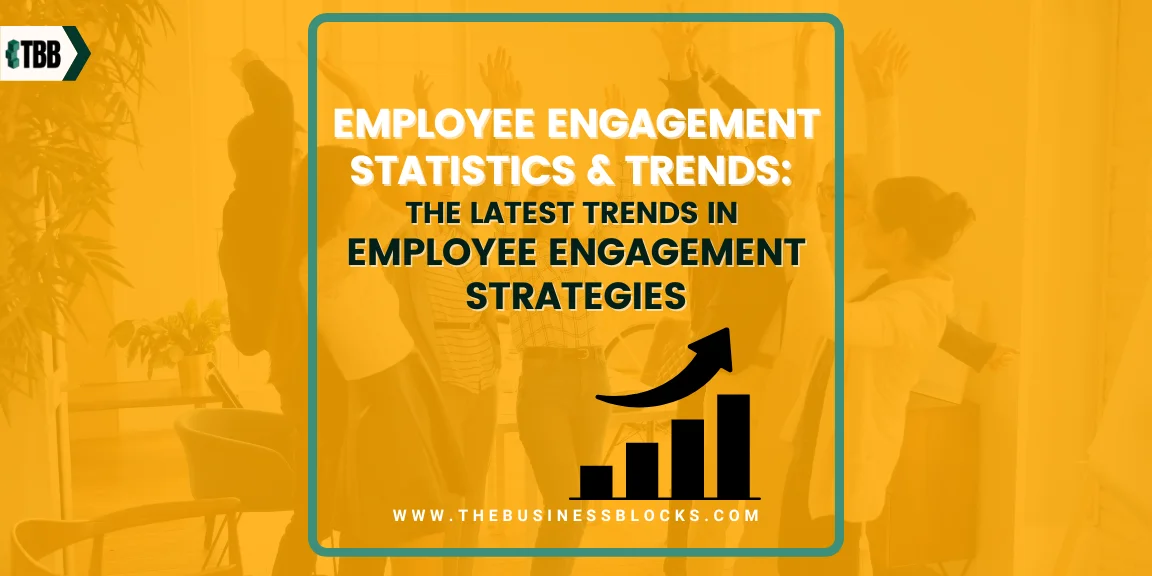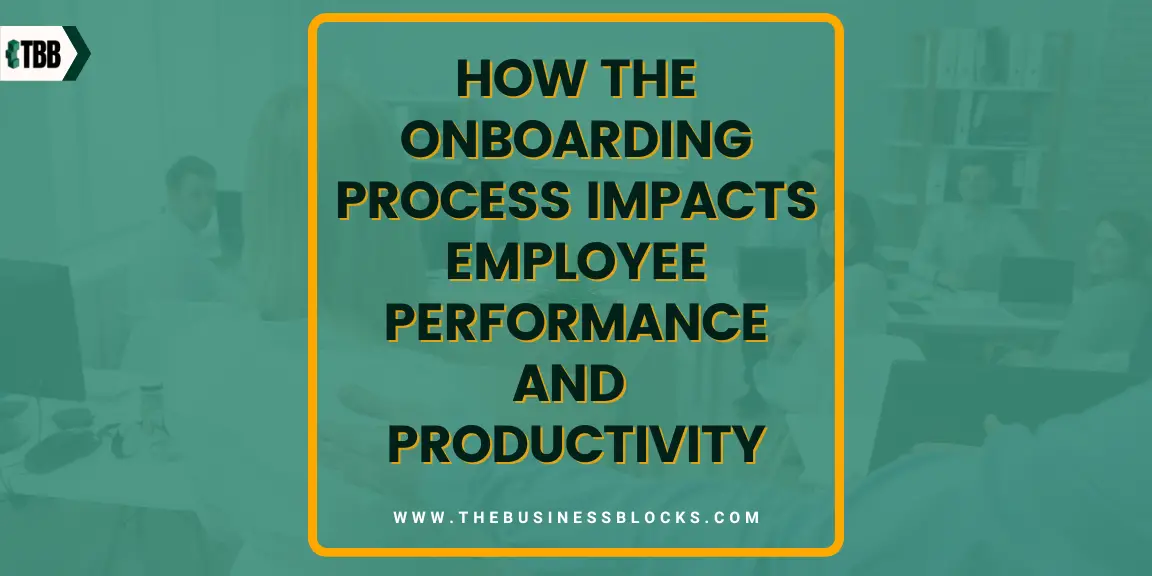In the fast-paced world of business, where competition is fierce and talent retention is crucial, companies are constantly seeking innovative strategies to enhance productivity and foster a positive work environment. One often overlooked yet powerful approach is celebrating your employees’ milestones. Recognizing and appreciating their achievements not only boosts morale but also significantly contributes to increased team productivity.
In this article, we will delve into the importance of acknowledging employee milestones and explore the impact of incorporating service award programs as a key element in your overall strategy.
The Significance of Celebrating Milestones
1. Boosting Morale and Employee Engagement
Celebrating milestones is a powerful tool for enhancing morale and fostering deeper employee engagement. Recognizing both personal and professional achievements instills a profound sense of value and belonging within the workforce. This heightened appreciation serves as a catalyst for increased commitment, leading employees to be more actively involved in their tasks and dedicated to the collective success of the team.
The positive impact on morale translates into a more vibrant and enthusiastic workplace where individuals are inspired to contribute their best efforts.
2. Fostering a Positive Work Culture
Acknowledging and commemorating accomplishments not only bolsters individual spirits but also plays a pivotal role in shaping a positive work culture. A workplace that actively celebrates achievements cultivates an atmosphere of inclusivity and affirmation. This positive environment becomes a breeding ground for stronger interpersonal connections, encouraging employees to collaborate more effectively.
As a result, the shared recognition of milestones becomes a cornerstone for building a motivated, cohesive team that thrives on mutual support and shared success. This nurturing culture becomes a driving force behind sustained motivation and productivity.
Service Award Programs as a Cornerstone of Recognition
1. Defining Service Award Programs
Service award programs constitute a pivotal element in a holistic recognition strategy, aiming to honor and reward employees for their enduring commitment and exceptional dedication. These programs are meticulously crafted to encompass significant milestones, such as years of service, outstanding performance, and other noteworthy achievements. By delineating these milestones, organizations can create a structured and meaningful approach to acknowledging the contributions of their workforce.
2. Building Loyalty and Retention
Incorporating service award programs into a recognition strategy extends beyond mere acknowledgment—it becomes a strategic tool for cultivating loyalty and enhancing employee retention. Celebrating the enduring service of team members communicates a profound appreciation for their dedication. This recognition, tied to tangible rewards, not only acknowledges past contributions but also acts as a catalyst for future commitment.
Employees are more likely to feel a sense of belonging and purpose, fostering a commitment to the long-term success of the company. This dual impact on loyalty and retention transforms recognition programs into a cornerstone for sustaining a dedicated and motivated workforce.
3. Motivating through Recognition
The recognition programs emerge as potent motivators across all employee levels. By signaling that their efforts are not only recognized but also deeply valued, employees experience a heightened sense of pride and accomplishment. This intrinsic motivation becomes a driving force, inspiring individuals to persistently excel in their roles.
As the recognition within these programs becomes a dynamic motivator, it establishes a positive feedback loop, encouraging sustained high performance and contributing to an organizational culture where achievements are celebrated and excellence is continually pursued.
Implementing an Effective Recognition Strategy

1. Personalized Recognition
In the realm of recognizing employee milestones, a one-size-fits-all approach falls short. The power of personalized gestures, such as hand-written notes, specially chosen gifts such as beautiful flowers from Bouqs, or public acknowledgment, cannot be overstated. These tailored expressions of appreciation resonate on a deeper level, making employees feel genuinely seen and valued.
The implementation of personalized recognition not only enhances the impact of acknowledgment but also contributes significantly to fostering a sense of connection and appreciation within the workplace.
2. Inclusive Celebrations
While recognition programs rightly spotlight tenure, it’s imperative to broaden the scope of celebrations to encompass a diverse array of milestones. Recognizing achievements such as project completions, professional certifications, and personal triumphs ensures that every team member feels acknowledged for their unique contributions. This inclusivity not only diversifies the recognition landscape but also cultivates a supportive environment where individuals are honored for the multifaceted aspects of their professional and personal growth.
3. Creating a Culture of Continuous Feedback
An effective recognition strategy extends beyond episodic celebrations by integrating regular feedback sessions. These sessions establish a continuous channel of communication between employees and management, fostering an open dialogue. This culture of ongoing feedback not only enhances mutual understanding but also becomes a catalyst for improvement and growth.
By encouraging a dynamic exchange of perspectives, organizations create an environment where constructive feedback is valued, contributing to heightened employee engagement and increased productivity over time.
Measuring the Impact
1. Employee Satisfaction Surveys
Evaluating the success of milestone celebrations and recognition initiatives requires a nuanced understanding of employee sentiments. Regularly conducting employee satisfaction surveys serves as a crucial feedback mechanism. Insights gathered from these surveys offer valuable perspectives on the effectiveness of your strategy, shedding light on what aspects resonate positively and where enhancements may be warranted.
This feedback loop establishes a dynamic process for continuous improvement, aligning your recognition strategy with the evolving needs and preferences of the workforce.
2. Tracking Productivity Metrics
The impact of a recognition strategy on team productivity can be quantified through diligent tracking of key performance indicators (KPIs). By establishing baseline metrics related to individual and team productivity before implementing the strategy and subsequently comparing them with post-implementation data, organizations can gauge tangible results. This analytical approach provides a concrete understanding of how recognition efforts influence the overall efficiency and output of the team.
Armed with these insights, organizations can refine their strategies, ensuring they are not only appreciated by employees but also contribute significantly to enhanced productivity and performance.
Conclusion
Celebrating your employees’ milestones is not just a feel-good initiative; it’s a strategic investment in your team’s success. By incorporating service award programs and other recognition strategies into your workplace culture, you cultivate a positive environment that motivates and inspires employees to consistently deliver their best. As you embark on this journey of celebrating milestones, remember that a recognized and appreciated team is a productive team, laying the foundation for sustained success in today’s competitive business landscape.






















